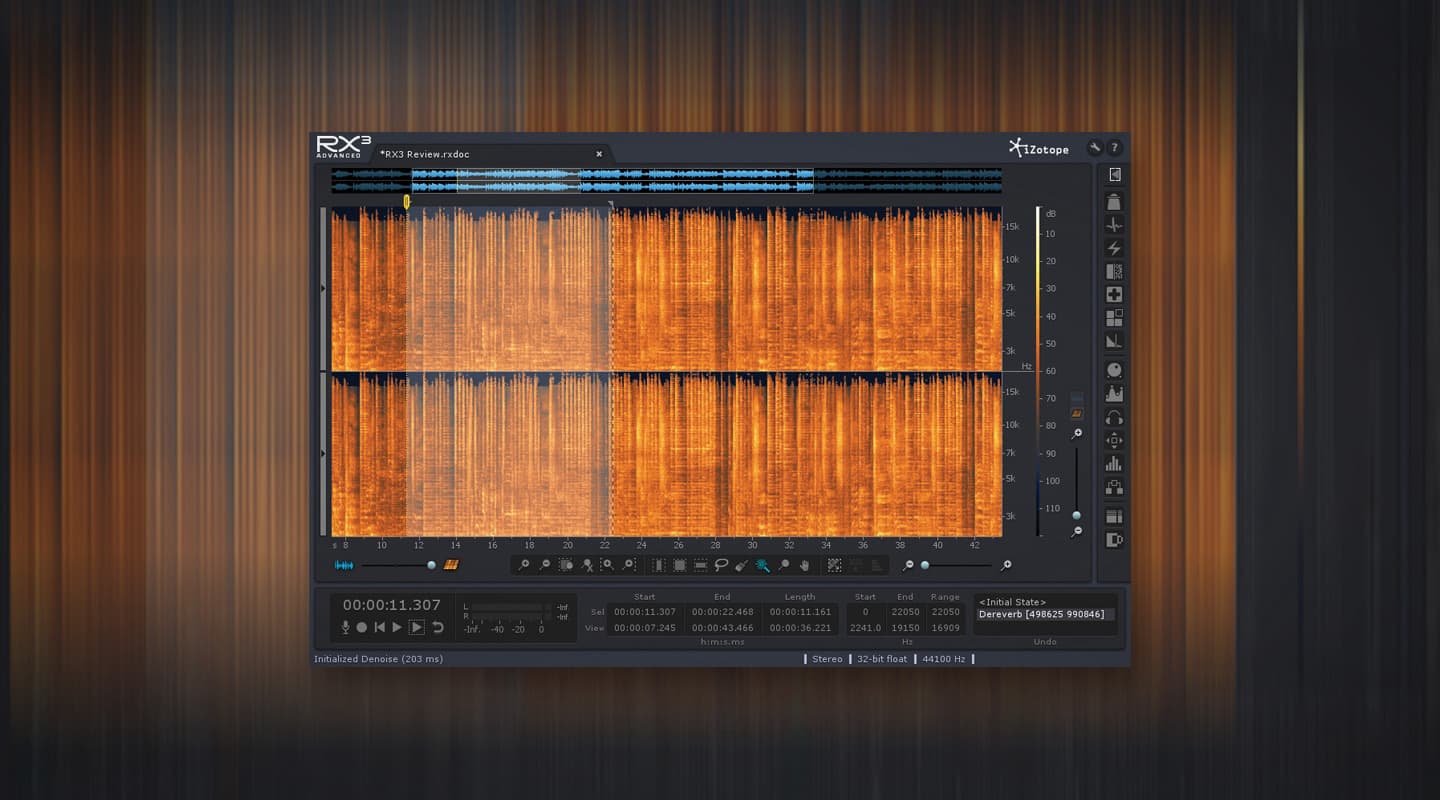
Review: iZotope RX3 Advanced
Audio restoration software.
Review:/ Graeme Hague
The concept of purchasing specialised plug-ins to supplement the basic functionality of a digital audio workstation all seems a bit quaint these days – all the better-known DAWs are loaded with most everything you need, and sometimes lots of what you may never need. For example, pitch correction was once an exclusive domain for third-party plug-in developers, but for a while now we’ve seen proprietary pitch correction software built into DAWs (Sonar’s V-Vocal, Logic’s Pitch Correction) or an included license to something like Celemony’s Melodyne as a matter of course.
Audio restoration plug-ins haven’t gone mainstream just yet – maybe because DAWs have such a focus on new recordings, and, aside from cleaning up samples from your dusty vinyl collection, if you need to repair or fix your studio session tracks that much, maybe you’re doing something seriously wrong.
For many AV applications you probably don’t want to be working inside a full-blown DAW anyway. Rather than dealing with studio sessions as such, you can frequently be working with individual files. Indeed, you may be working with archival sound that will benefit from some judicious tweaking, or maybe field recordings that didn’t quite go to plan. In these cases, software such as Sony’s Sound Forge Pro or Adobe’s Audition have the tools, but they’re well buried among a wealth of mastering effects and publishing, production functions.
ONE JOB: ONE TOOL
So iZotope has done well to create RX, an audio repair and restoration application (it can be inserted as a plug-in in a DAW host, too) that focuses purely on the job at hand – wrangling the best out of any unfortunate audio file on a one-on-one basis. If the task is, for instance, converting old analogue recordings into digital files to be used in displays, museum exhibits or public, press-to-play devices, RX offers all the restoration processes as standalone software without having to work inside a host DAW.
The latest version is RX3 and here we’re looking at RX3 Advanced.
What I immediately liked about RX3 is the easy accessibility of the basic repair modules. You’re not overwhelmed with complex controls for manipulating the audio. In other words, for many of these functions you don’t really need to know what you’re doing – just listen to the results. Most of them are obvious in their intent such as DeClick and DeCrackler, DeNoise and Hum Removal. If you’re looking at something more ambitious then DeConstruct and Spectral Repair can really zero in on the problems and provide the best chance of removing the offending noise, but you’re going to have to either do some homework or plug away (excuse the pun) at experimenting with settings.
MORE INFO
PRICE
iZotope RX3 Serial only: $389
iZotope RX3 Boxed: $399
iZotope RX3 Advanced Serial only: $1,349
CONTACT
Electric Factory (Elfa): (03) 9474 1000 or www.elfa.com.au
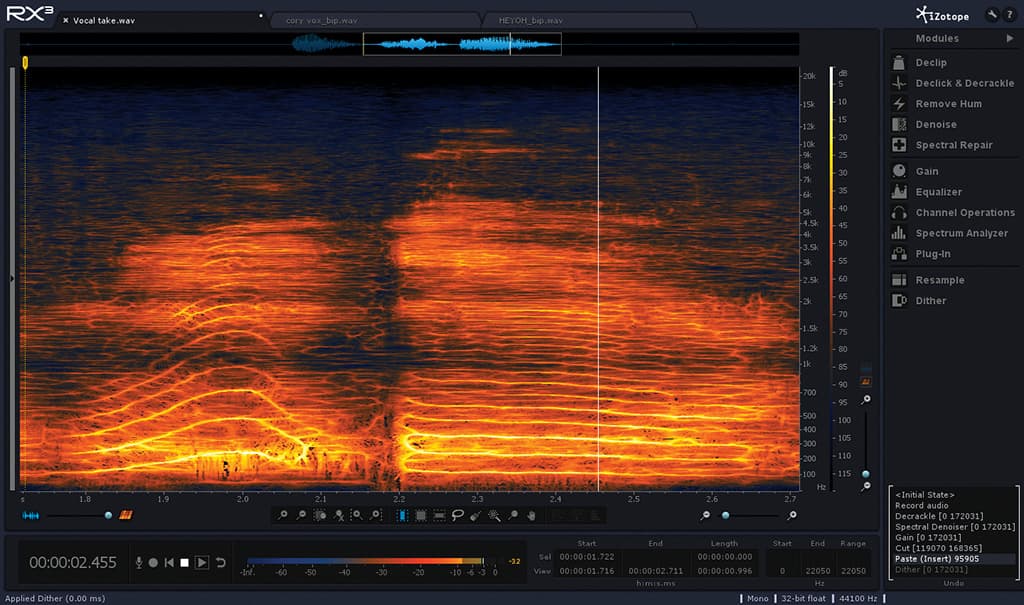
REVERB: HALL OF INFAMY
I was intrigued to see a DeReverb. In the past, if someone had been too heavy-handed with digital reverb there was almost nothing you could do about it. I pulled up a recording I had of a live solo guitarist and singer that was drenched with reverb. After applying the DeReverb I was impressed at just how effectively it worked, although you could hear a compressor-like ‘pumping’ artifact which I reduced by dialling down the DeReverb – but that incrementally brought the reverb back. It’s a reminder that any of these audio renovation processes are markedly affected by the overall material you’re working with and if you can get hold of individual tracks that need help, rather than mixdowns, you’ll improve your results.
ONE THING AT A TIME
Each of the restoration modules have to be applied individually via a Process button, meaning you can’t have more than one process happening and they can’t be chained as you might do inside a DAW. So the order in which you use the modules can potentially change the results. There is an Undo function and all the modules have a Preview facility.
It’s not absolutely necessary, but RX3 is structured to encourage you to do the hard stuff first – the repairs and restoration – prior to using modules like Gain and EQ to bring the audio back on par with any other. A Time and Pitch module offers precise adjustments to both, and an Advanced mode has some neat tricks such as Noise Generation, which will insert noise to cover for gaps created by too much slowing down. This is playing to RX3’s strengths, as because it uses offline processing instead of real time, the software has time to give the processing some ‘thought’.
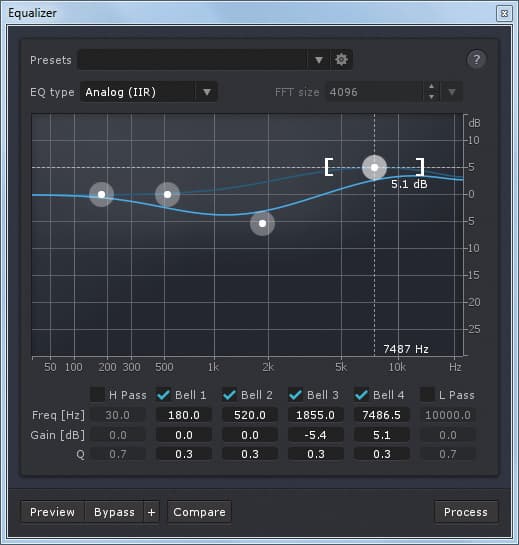
BITS & PIECES
Some of the modules are obviously aimed firmly at fixing musical problems – such as time and pitch issues for synchronising to vision, and these kinds of warping functions tend to overshadow the real strength of RX, ie. its restoration and repair abilities. The way RX3 can remove unwanted noise and leave behind the important audio is very well done. This is technology that’s been around awhile (arguably Cedar Audio brought audio restoration to the world 20-plus years ago), but there was always a compromise between original noise and artifacts created by the cleaning process. With careful application, now RX3 creates clean audio almost without any artifacts at all.
For more precise jobs, the workspace for RX3 can be zoomed and areas of audio selected to get rid of momentary problems within a file. Accidents like background car horns or someone coughing that spoil an otherwise perfect take. A variety of selection tools including a Magic Wand (unfortunately RX3’s Help files glitched and I couldn’t determine exactly how this worked, but Photoshop users are familiar with the concept) let you grab sections of the file to an exacting amount. However, to be this clever it’s back to that homework to learn about recognising what audio you need to target within the spectral display. That comes with practice and you always have the Undo function, if you get it wrong. Save As is an option (if not standard procedure) and you can Export a Selection once you’ve stretched squashed and scrubbed the audio to your heart’s content.
CRUNCH & DE-CRUNCH
The important measures for software like RX3 are twofold: how cleanly it removes the unwanted audio, and how well it achieves this without ruining the other noise all around it. For these you need some powerful algorithms crunching the numbers and iZotope plainly has developed these – RX3 is impressive with its results. Obviously, performing miracles isn’t a menu choice, but you can certainly achieve a lot more than any DAW might do. Most of the RX3 Advanced modules have ‘advanced’ options and these are what are missing in the standard version, plus the DeReverb and the Time and Pitch Module – check out the comparison chart on iZotope’s website for a full explanation of the differences.
RX3 Advanced is not a mastering plug-in – iZotope has plenty of other products for that. For cleaning up and clarifying historical recordings, or smoothing that vinyl collection you decided was worth transferring to digital, or perhaps removing the doorbell sound from when the pizza arrived at the worst moment, RX3 Advanced is perfect for the task. Dig deep into some of the modules and the learning curve gets a little steep – but be brave, the payoff is worth it.
If it’s audio repairs that are needed and you believe in using the right tool for the job, that’ll be iZotope RX3 Advanced. For analogue to digital conversions, it’s perfect. For recording studios it’s the kind of software that can sit unused on your desktop for months on end, then when you do need it – it may well save your bacon.
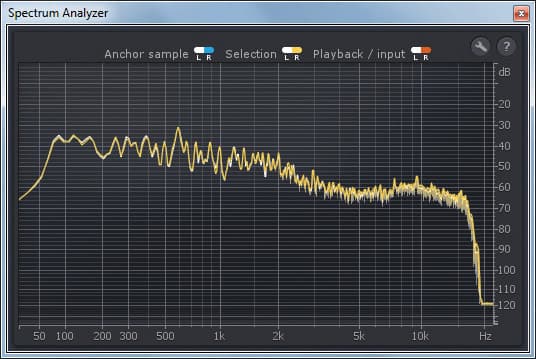
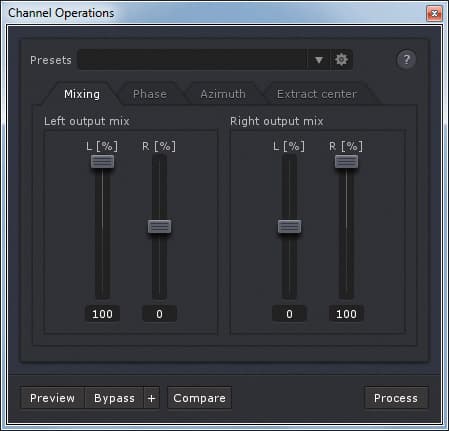
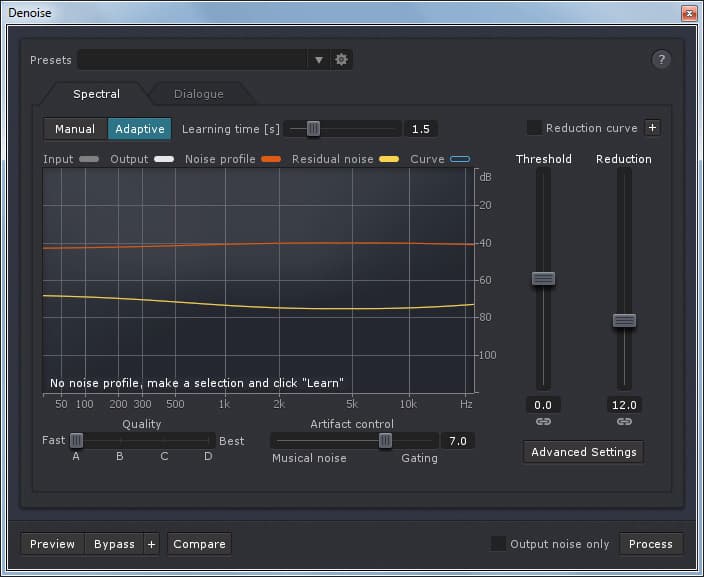

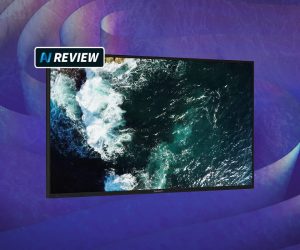
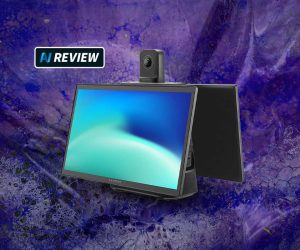
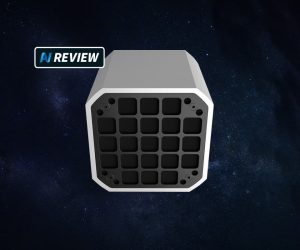
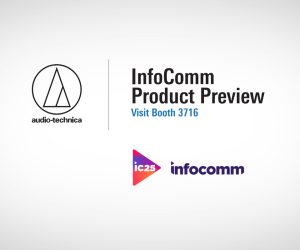
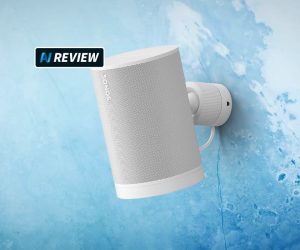
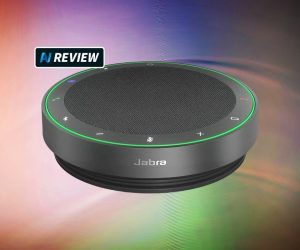
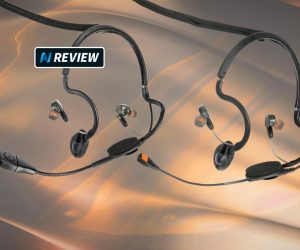
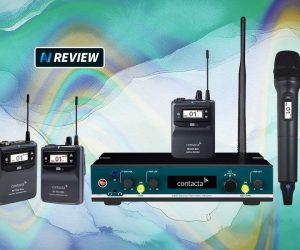
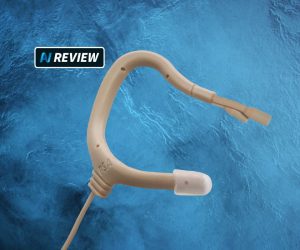
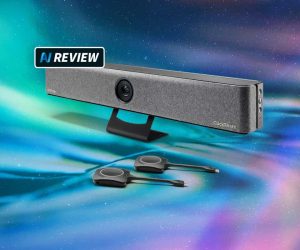
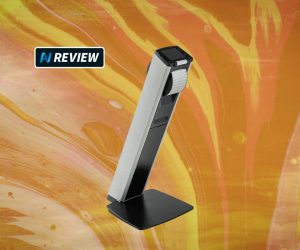
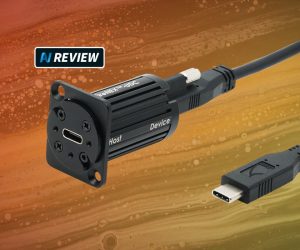


RESPONSES